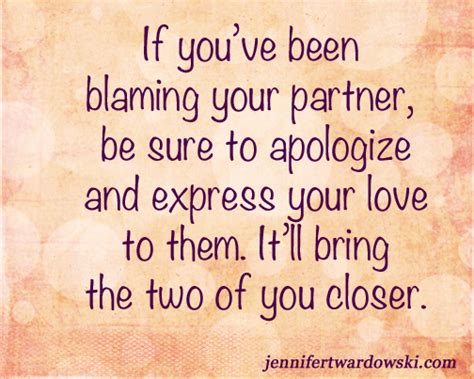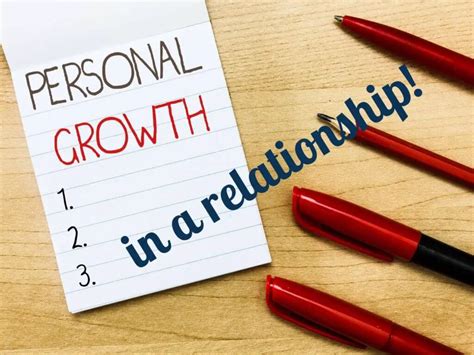In any romantic partnership, the ability to communicate needs effectively is paramount for mutual understanding and growth. However, many couples fall into the trap of expressing needs in a way that sounds like an accusation or blame, which often leads to defensiveness, arguments, and a breakdown in communication. Shifting your approach from pointing fingers to clearly articulating your feelings and desires can transform the dynamic of your interactions.
Understanding the Impact of Blame
Blame, whether overt or subtle, immediately puts your partner on the defensive. When someone feels attacked, their natural instinct is to protect themselves, making it nearly impossible for them to truly hear or empathize with your message. This creates a cycle where unmet needs fester, and both partners feel misunderstood and frustrated.
Instead of fostering closeness, blame erects walls. It shifts the focus from the problem at hand to an attack on your partner’s character or actions, undermining trust and emotional safety. To move towards a more constructive dialogue, the first step is to consciously remove blame from your vocabulary.

The Power of “I” Statements
The most effective tool for expressing needs without blame is the “I” statement. This simple linguistic shift places the focus on your personal experience and feelings, rather than on your partner’s perceived failings. “I” statements help your partner understand your internal world without feeling judged.
A typical “I” statement follows this structure:
- I feel [emotion] when [specific behavior] because [impact on you/your need], and I need/would like [specific request].
For example, instead of saying, “You never help around the house!” which is blaming, you could say, “I feel overwhelmed when dirty dishes are left in the sink because it adds to my workload, and I would really appreciate it if we could make a plan to share kitchen clean-up duties.”

Focus on Feelings, Not Fault
Often, behind an accusation lies an unexpressed feeling. Take a moment to identify what you are truly feeling: hurt, neglected, lonely, frustrated, unappreciated? By naming your emotion, you invite empathy rather than defensiveness. Your feelings are valid and undeniable, whereas fault is debatable.
Consider the difference: “You always make me feel unheard” vs. “I feel unheard when I try to share my thoughts, and it makes me feel sad because I value your input.” The latter opens a door for connection, while the former slams it shut.
Be Specific and Action-Oriented
Vague complaints like “You don’t care about me” are unhelpful because they don’t provide your partner with any clear direction on how to improve. Once you’ve identified your feeling, translate it into a specific, actionable request. What concrete behavior would help meet your need?
- Instead of: “You’re never affectionate.”
- Try: “I feel a bit lonely, and I would love it if we could cuddle on the couch for 10 minutes before bed tonight.”
Specific requests are easier for your partner to understand and fulfill, increasing the likelihood of your needs being met.

Practice Active Listening
Communication is a two-way street. After expressing your need, give your partner the space to respond. Practice active listening by genuinely hearing their perspective without interrupting or formulating your next argument. Reflect back what you hear to ensure understanding:
“What I hear you saying is that you felt pressured when I asked for help with chores, and you need more notice. Is that right?” This shows respect and creates an environment where both partners feel valued and understood.

Choose the Right Time and Place
The environment in which you discuss your needs significantly impacts the outcome. Avoid bringing up sensitive topics when either of you are stressed, tired, or distracted. Pick a time when you can both give each other your full attention, free from interruptions. A calm, private setting can make a world of difference in fostering a productive conversation.

Conclusion
Mastering the art of expressing your needs without blame is a cornerstone of a healthy, thriving relationship. By shifting to “I” statements, focusing on feelings, making specific requests, practicing active listening, and choosing the right moments, you transform potential conflicts into opportunities for deeper connection and understanding. This approach not only ensures your needs are heard but also strengthens the emotional bond and mutual respect within your partnership.




